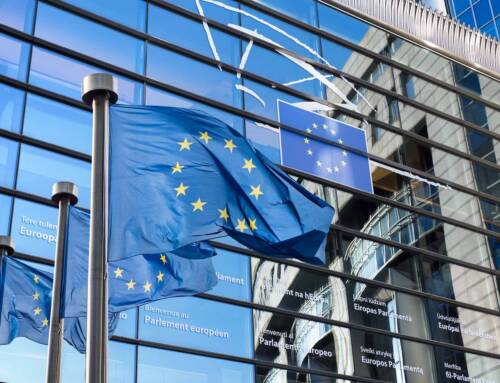Optimising Website Performance: 3 Image Tips for Lightning-Fast Load Times
In the digital age, where attention spans are dwindling, and competition is fierce, every second counts when it comes to website loading speeds. While crucial for engaging users and conveying your brand’s message, images can ironically become the culprit behind sluggish website performance if not optimised properly. Slow-loading pages frustrate users and drive them straight into the arms of faster competitors. To ensure your website doesn’t fall victim to poor image optimisation, here are three essential tips to speed up your website without compromising visual appeal.
1. Streamline Product Display:
For e-commerce websites boasting a vast inventory, showcasing numerous products on a single page can significantly slow down load times. Strike a balance between showcasing a decent number of products and maintaining optimal load times by experimenting with the number of products displayed per page. Consider segmenting large product catalogues into multiple pages, each featuring a manageable number of items. This approach, adopted by industry giants like Asos and Amazon, ensures a seamless browsing experience without sacrificing load time. While offering customisation options for users to adjust product display preferences, ensure that default settings prioritise speed without compromising user experience.
2. Compress Image File Sizes:
High-resolution, visually captivating images can exponentially increase load times if left uncompressed. Images captured on cameras or smartphones often come with hefty file sizes, bogging down website performance. Combat this issue by compressing images to reduce file sizes while retaining visual quality. Aim to keep image file sizes below 100kb whenever feasible, as even a 2% reduction in size can yield significant improvements in load times. Utilise image editing software like Photoshop or free alternatives like GIMP to adjust resolution and scale, ensuring optimal performance without sacrificing visual appeal.
3. Opt for the Right File Type:
When it comes to image file types, choosing the appropriate format can make a world of difference in website performance. In comparison, GIF files are ideal for small images such as icons, and PNG files are reserved for specific use cases due to their larger file sizes. JPEG images, renowned for their balance of quality and compression, are well-suited for most website images, particularly those on image-heavy e-commerce platforms. Selecting the correct file type for each image can minimise load times and enhance website performance.
In Conclusion:
By implementing these image optimisation strategies, you can supercharge your website’s performance while delivering an exceptional user experience. From streamlining product displays to compressing image file sizes and selecting the optimal file type, each step is crucial in ensuring lightning-fast load times without compromising visual aesthetics. Stay ahead of the competition by prioritising website speed and providing users with a seamless browsing experience that keeps them returning for more.








